City farming has change into a key answer for metropolis dwellers. It permits you to domesticate recent, nutritious meals in your city setting. Even with restricted house, similar to a small house or a tiny yard, you may have interaction in sustainable agriculture. This method helps you maximize your house whereas contributing to a greener future.
City farming is gaining traction, particularly in densely populated areas. It affords a strategy to improve meals safety and reduce waste. By adopting modern strategies like aquaponics and vertical farming, you may produce native meals effectively. This motion connects you with a neighborhood that values schooling and a direct hyperlink to their meals sources.
When venturing into city farming, take note of your environment. Think about reworking rooftops or unused containers into thriving gardens. Fast-growing crops like microgreens and mushrooms will let you benefit from the fruits of your labor swiftly. This not solely advantages your well being but in addition units a constructive instance to your family members.
Key Takeaways
- City farming enhances meals safety and fosters neighborhood involvement.
- Minimal land house is required to start out your city farming journey.
- Aquaponics programs considerably cut back water utilization in comparison with standard farming.
- Rooftop gardens optimize using house in densely populated areas.
- Fast-growing crops like microgreens are excellent for city environments.
- Collaboration amongst city farms boosts sustainability by way of shared sources.
- Accessing domestically grown produce advantages economically deprived communities.
Introduction to City Farming
City farming affords a novel likelihood for metropolis dwellers to develop meals in modern spots. It permits individuals to show balconies, rooftops, and neighborhood tons into gardens. This shift highlights that agriculture isn’t only for rural areas; it thrives in cities too.
Curiosity in city farming is rising for a lot of causes. Folks need more healthy meals, decrease grocery payments, and higher city sustainability. By becoming a member of native meals programs, metropolis of us can get recent produce and join extra with their meals. City farming is a key to meals safety, particularly in areas with restricted entry to recent meals.
City agriculture helps about one billion individuals worldwide, displaying its huge potential. It not solely meets meals wants but in addition boosts social unity, financial development, and environmental well being.
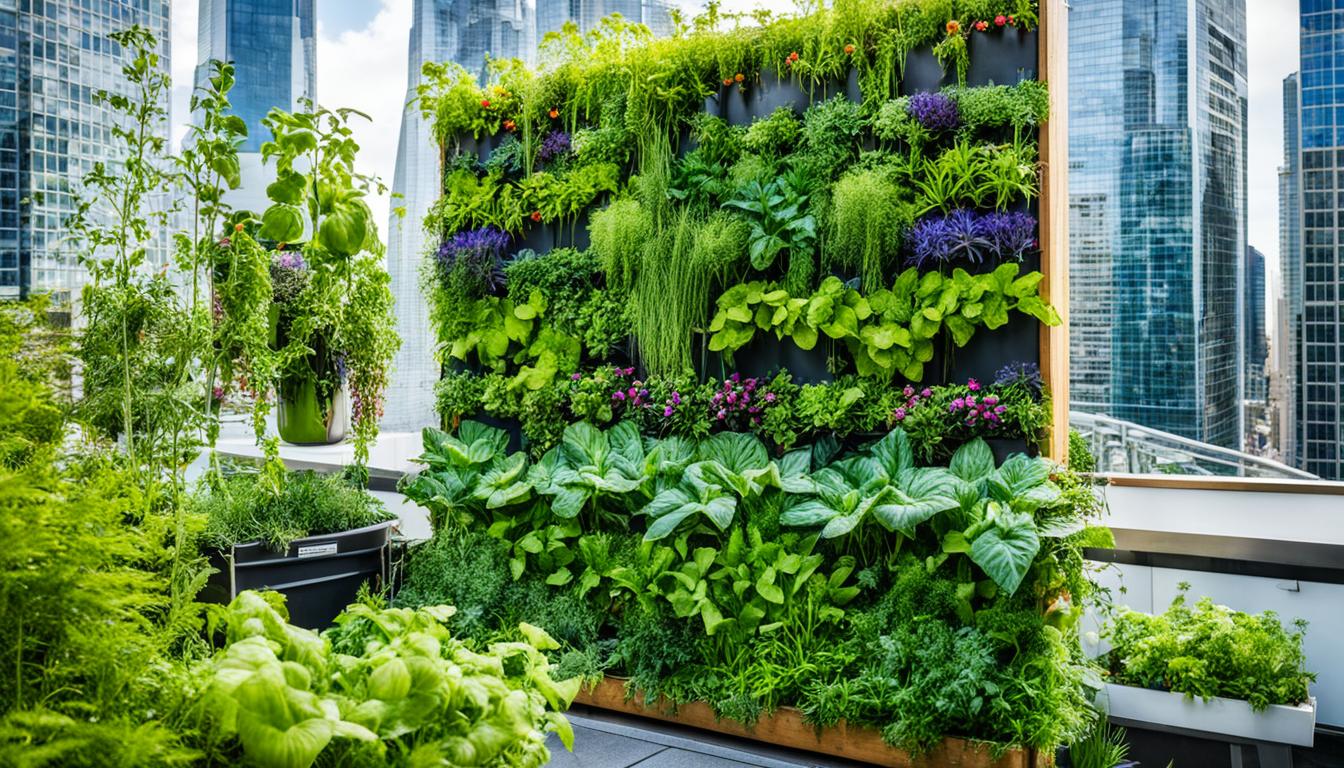
The Advantages of City Farming
City farming brings vital benefits, reshaping communities and enhancing life high quality. It enhances entry to recent produce, taking part in a vital position in *meals safety*. Over 20% of the world’s meals comes from metropolis farms, providing a sustainable manner for native meals manufacturing.
City farming additionally reduces the *environmental influence* of conventional farming. It cuts down on transportation distances, resulting in a discount in meals miles. This lower in carbon emissions advantages each the setting and public well being.
Partaking in city farming strengthens neighborhood ties. Neighbors collaborating in gardens boosts social cohesion, enhancing neighborhood security and pleasure. The presence of inexperienced areas beautifies cities, which may additionally result in financial positive factors, growing property values by as much as 9.4% over 5 years.
By leveraging the city farming advantages, cities can deal with meals insecurity, affecting about 13% of People. City agriculture not solely gives recent, nutritious meals but in addition fosters schooling. It highlights the significance of diet and sustainability.
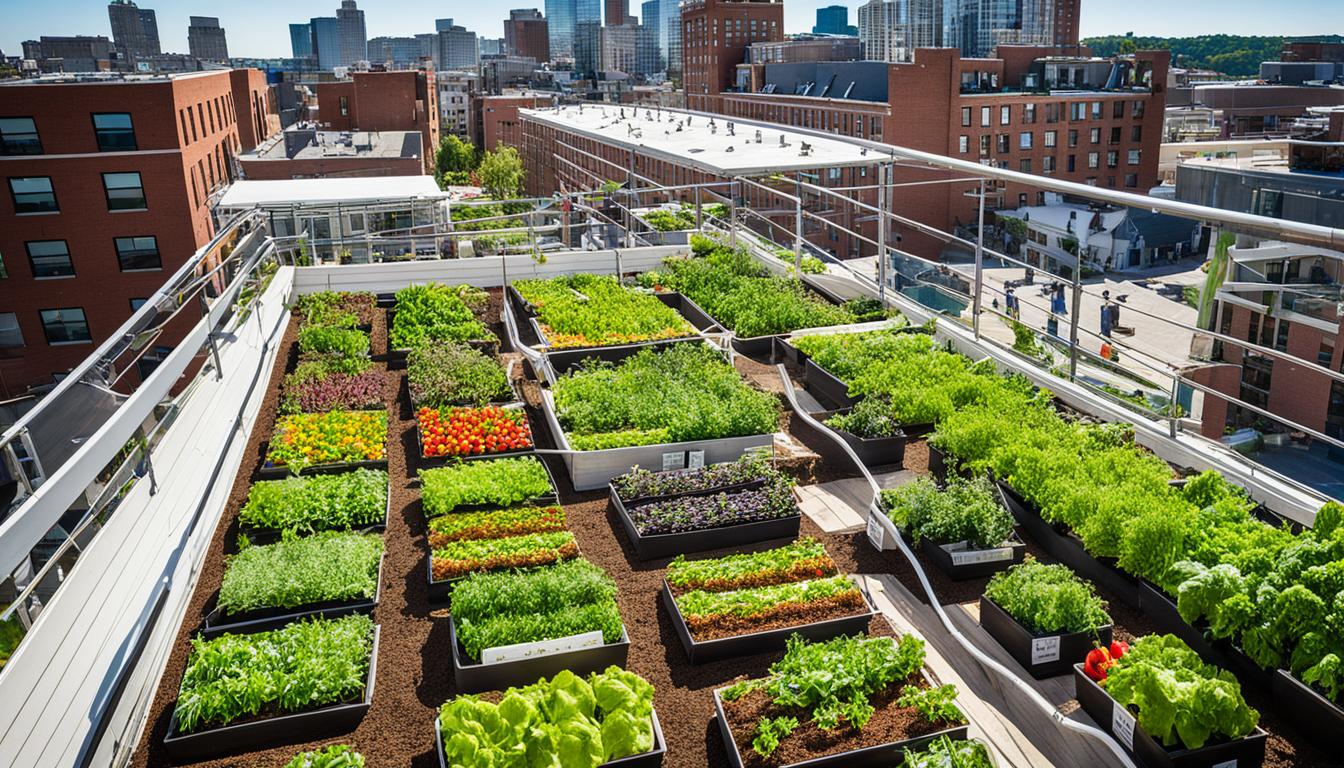
Container Gardening: Maximizing Small Areas
Container gardening is a primary answer for city dwellers. With over 80% of People residing in cities, cultivating vegetation in restricted areas is significant. This methodology not solely allows you to develop recent produce but in addition helps sustainable residing. It’s important to know your container choices and the vegetation that excel in them earlier than you begin.
Selecting the Proper Containers
Choosing the best containers is essential to maximizing small areas. Think about using biodegradable pots, previous crates, or repurposed paint cans. Every container sort affords distinctive benefits. Make certain they’ve drainage holes to forestall waterlogged soil and root rot. The dimensions of the container issues; bigger ones assist with moisture regulation. Utilizing supplies from residence cuts prices and permits for inventive gardening options. For extra recommendation, go to city gardening methods tailor-made to your wants.
Vegetation that Thrive in Containers
Many greens and herbs are well-suited for container gardening, even for tiny balconies or patios. Shallow-rooted vegetation like lettuce, radishes, and herbs do properly in small pots. For deeper containers, tomatoes and peppers want about 12-15 gallons of soil. Dwarf fruit bushes are additionally nice for small areas, creating lush inexperienced spots in cities. Select vegetation that suit your local weather by contemplating gentle and warmth ranges. This method helps keep away from challenges and boosts development. Rising your personal meals can prevent cash, particularly on costly gadgets like herbs and specialty greens.
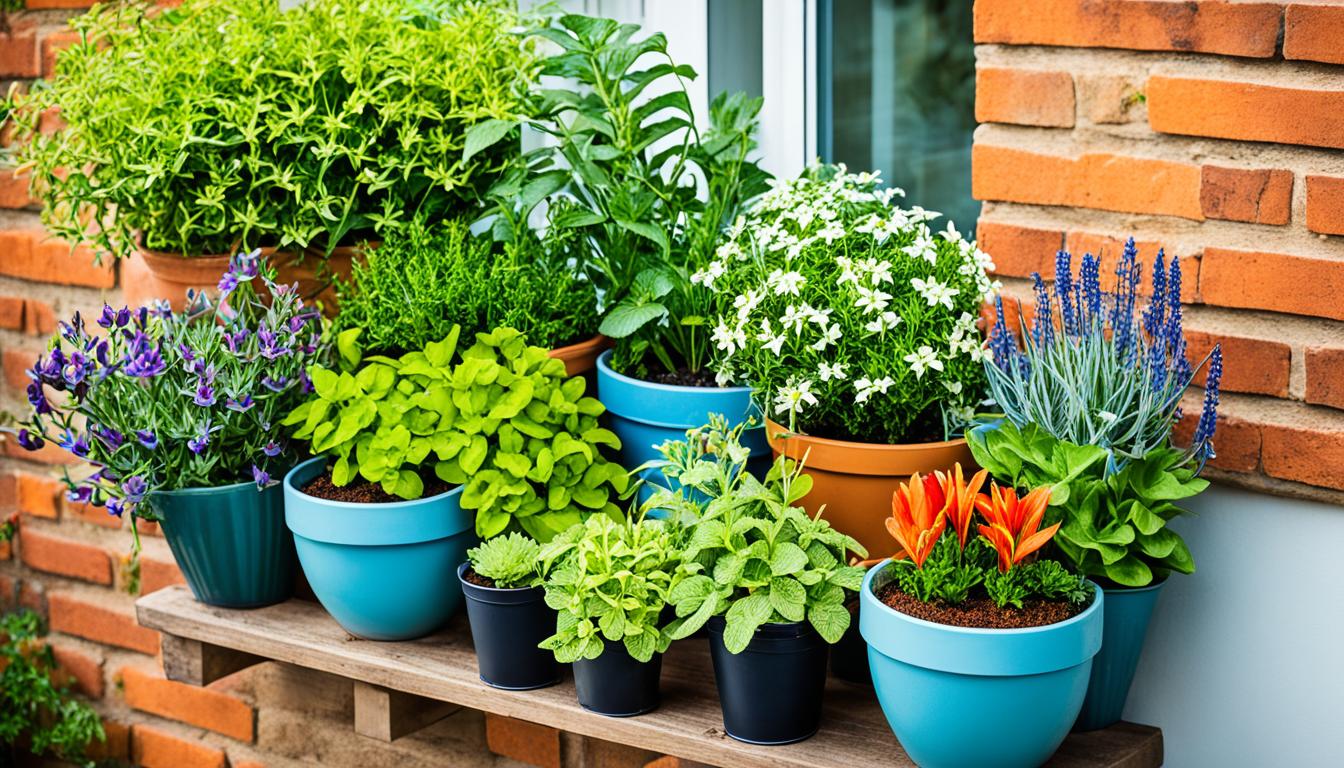
Vertical Gardening for Restricted Area
Vertical gardening affords a groundbreaking method for these coping with restricted city areas. It employs environment friendly plant preparations to show small areas into lush inexperienced areas. These gardens can flourish on partitions, balconies, or in tight indoor areas, benefiting from each inch.
Methods for Vertical Rising
A number of methods can increase your vertical gardening in space-saving methods. Wall-mounted planters not solely save flooring house but in addition show your vegetation elegantly. Trellises or arbors help climbing vegetation like beans and peas, including magnificence and productiveness to your house. Tower gardens are one other glorious alternative, stacking planters to maximise house whereas providing a sturdy base to your vegetation.
Finest Vegetation for Vertical Gardens
Selecting the best vegetation is essential to a thriving vertical backyard. Climbing vegetation similar to cucumbers, pole beans, and tomatoes develop upwards naturally. Compact herbs like basil and mint flourish in vertical gardens, including freshness to your kitchen. Leafy greens, together with spinach and kale, can yield a beneficiant harvest in restricted house. Choose vegetation that develop vertically to benefit from your house.

Neighborhood Gardens and City Agriculture
Neighborhood gardens foster a dynamic social neighborhood, constructing connections amongst neighbors and inspiring teamwork in cities. These areas provide plots for people to domesticate meals collectively, enriching native meals programs. They not solely increase meals fairness but in addition improve meals safety. Contributors find out about sustainable farming by way of workshops and shared actions.
City agriculture is significant as local weather change highlights the necessity for sustainable meals sources. By rising meals close to cities, neighborhood gardens lower down on the carbon emissions from meals transport. The New York State Neighborhood Gardens Soil Testing Program, with its $40,000 for soil assessments, reveals how native funds again these efforts. It goals for secure, productive soil, encouraging extra individuals to farm within the metropolis.
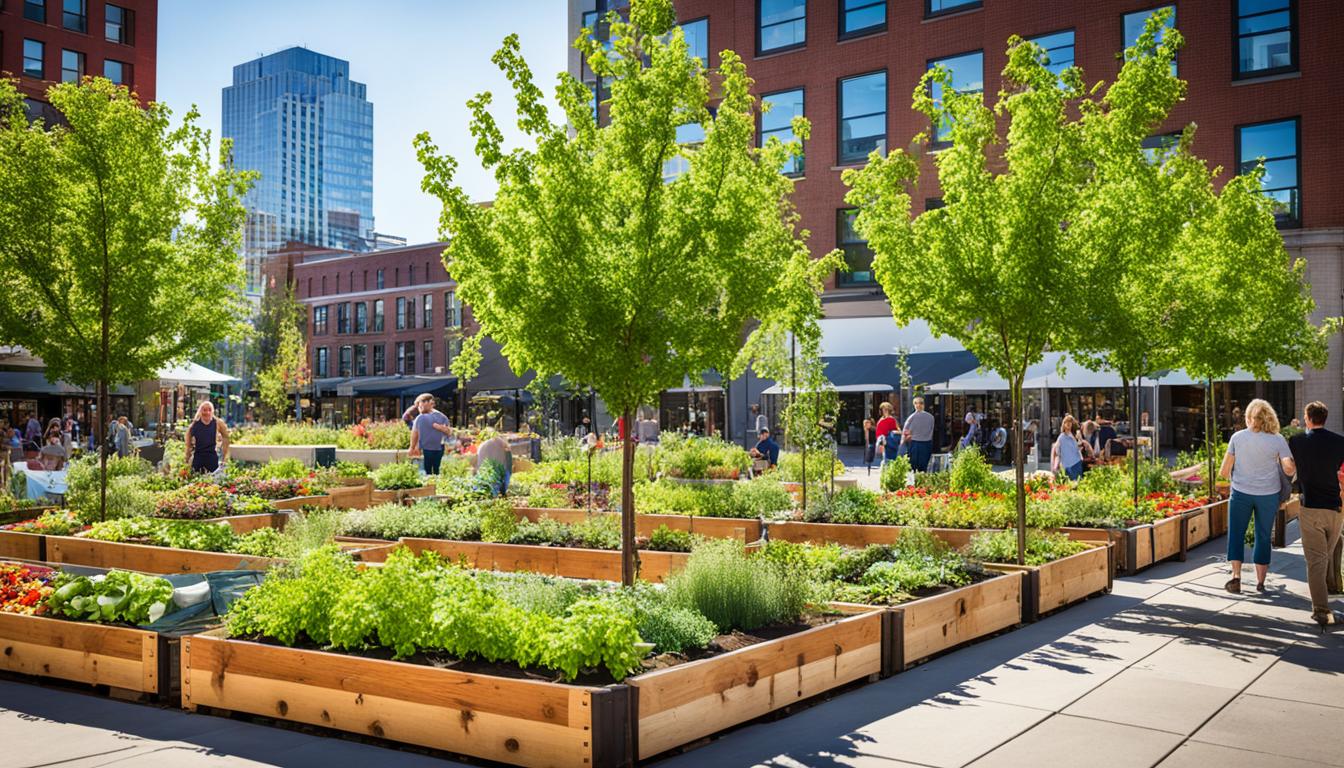
The City Agriculture Stakeholder Assembly, co-hosted with Cornell Cooperative Extension, underscores the necessity for coverage help for city farming. These conferences provide insights into neighborhood wants and spark new farming concepts. Colleges and hospitals now see the advantages of institutional farms and gardens, linking schooling with sustainable farming.
Beginning in city agriculture is welcoming, with simple entry into neighborhood backyard tasks. You may assist by volunteering or getting sources, making an actual influence in your space. Shopping for produce from native farmers strengthens social neighborhood bonds and helps meals fairness and sustainability.
For these eager on seasonal produce and native consuming, discover this useful resource to reinforce your neighborhood’s efforts.
Using Rooftop Gardening
Rooftop gardening transforms underutilized city house into lush inexperienced areas. It’s changing into widespread in cities the place conventional farming is proscribed by land. Cities profit from rooftop gardens by lowering city warmth and enhancing air high quality. Through the use of efficient methods, you may create a sustainable and productive rooftop backyard.
Selecting the Proper Roof Area
Begin by evaluating in case your constructing can help rooftop gardening. A structural evaluation is essential to make sure the roof can deal with the burden of soil and vegetation. Rooftop gardens want about 6 hours of daylight for optimum development. Search for areas with ample daylight and quick access to water. Go for light-weight gardening options like modular programs or tray gardens to attenuate load and maximize backyard potential.
Climate Issues for Rooftop Gardening
City rooftop gardens face distinctive climate challenges as a consequence of their elevation and publicity. Excessive temperatures and wind can dry out vegetation shortly. Use bigger containers to assist retain moisture. Shade constructions defend vegetation throughout peak daylight hours. Windbreaks like fencing or strategically positioned vegetation defend delicate crops. In colder months, mulching protects your vegetation from harsh winter situations. By following the following tips, your rooftop backyard can flourish regardless of unpredictable city climate.
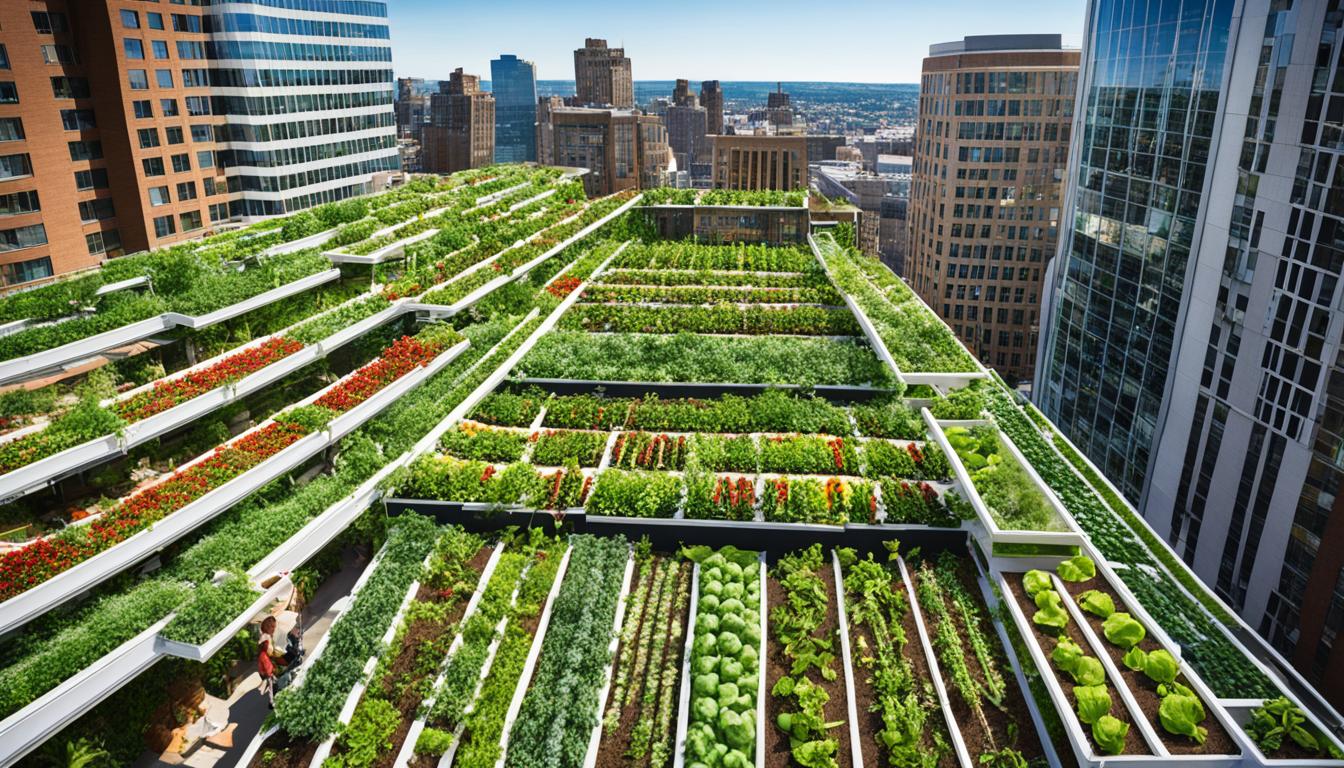
Sustainable Practices in City Farming
Sustainable agriculture is essential for turning city areas into thriving inexperienced areas. By embracing eco-friendly practices, you may improve your city farming strategies and help environmental well being. Methods like crop rotation and natural pest management enhance soil well being and create a various ecosystem in your personal yard.
Putting in rainwater assortment programs for irrigation is a brilliant transfer, using each drop to feed your vegetation. This methodology not solely saves water but in addition ensures your backyard will get a gradual provide of pure hydration. Including compost to your backyard is equally vital, enriching the soil with vitamins that assist your crops develop sturdy. This method to sustainability reduces waste and creates a more healthy setting.
Selecting native vegetation boosts biodiversity in city areas. These vegetation are well-suited to native situations, needing much less water and supporting ecosystem well being. Companion planting is one other efficient technique, the place sure vegetation assist one another develop. This methodology reveals how completely different crops can work collectively, making a balanced and sustainable city farm.
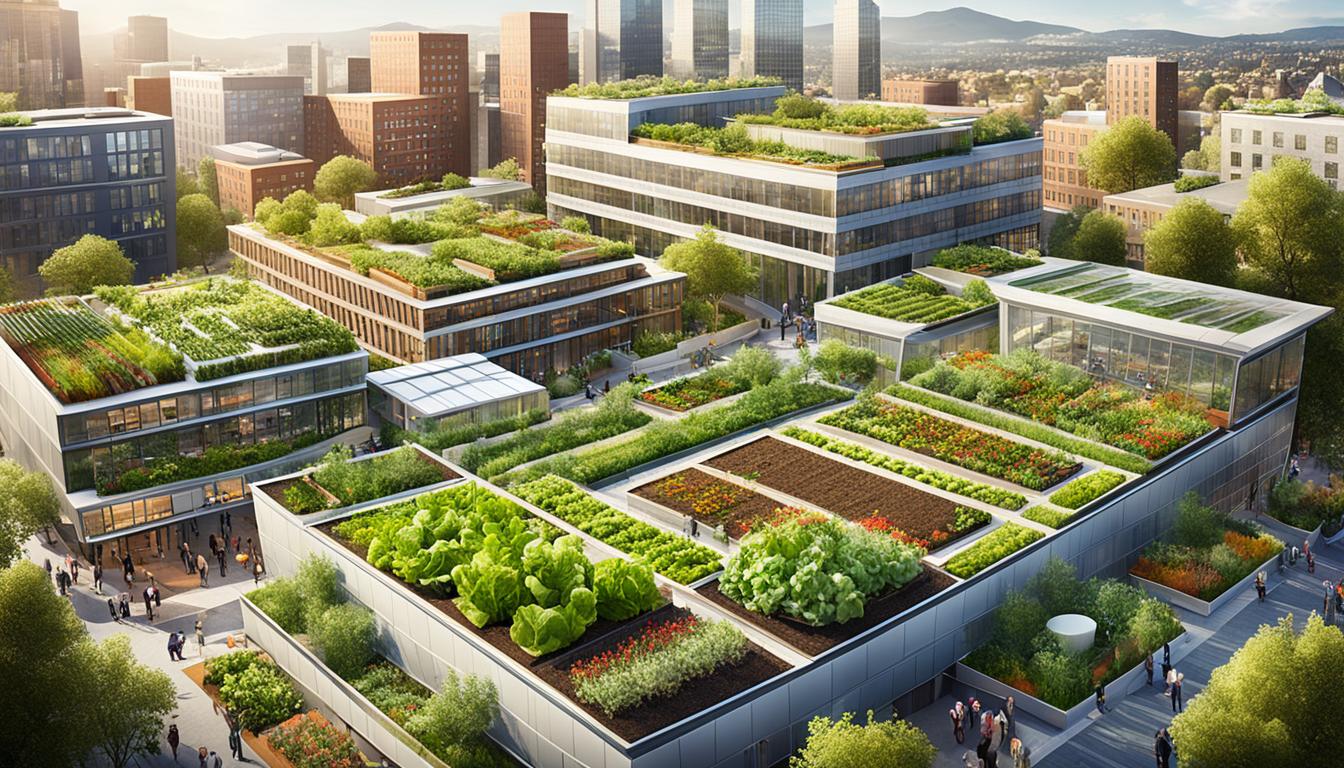
Incorporating Permaculture Ideas
Adopting permaculture ideas is essential for these aiming to create a sustainable backyard. This methodology goals to construct a self-sustaining backyard that blends seamlessly with nature. Methods like companion planting and polycultures increase biodiversity and enhance soil well being. Swales are additionally efficient in managing water, creating an excellent setting for plant development.
Create a Self-Sustaining Backyard
Designing a self-sustaining backyard cuts down on exterior useful resource use and builds a resilient ecosystem. By integrating numerous plant species, you encourage mutual help and improve productiveness. These methods improve your city farming effectivity, making certain your backyard thrives by way of pure interactions and waste biking.
Advantages of Composting
Composting is crucial for sustainable gardening, permitting you to show natural waste into nutrient-rich soil. By composting meals scraps and yard waste, you reduce landfill contributions and enrich your backyard’s soil. A balanced mixture of inexperienced (nitrogen-rich) and brown (carbon-rich) supplies makes for efficient composting. This helps wholesome plant development, finishing the cycle of your backyard’s ecosystem.
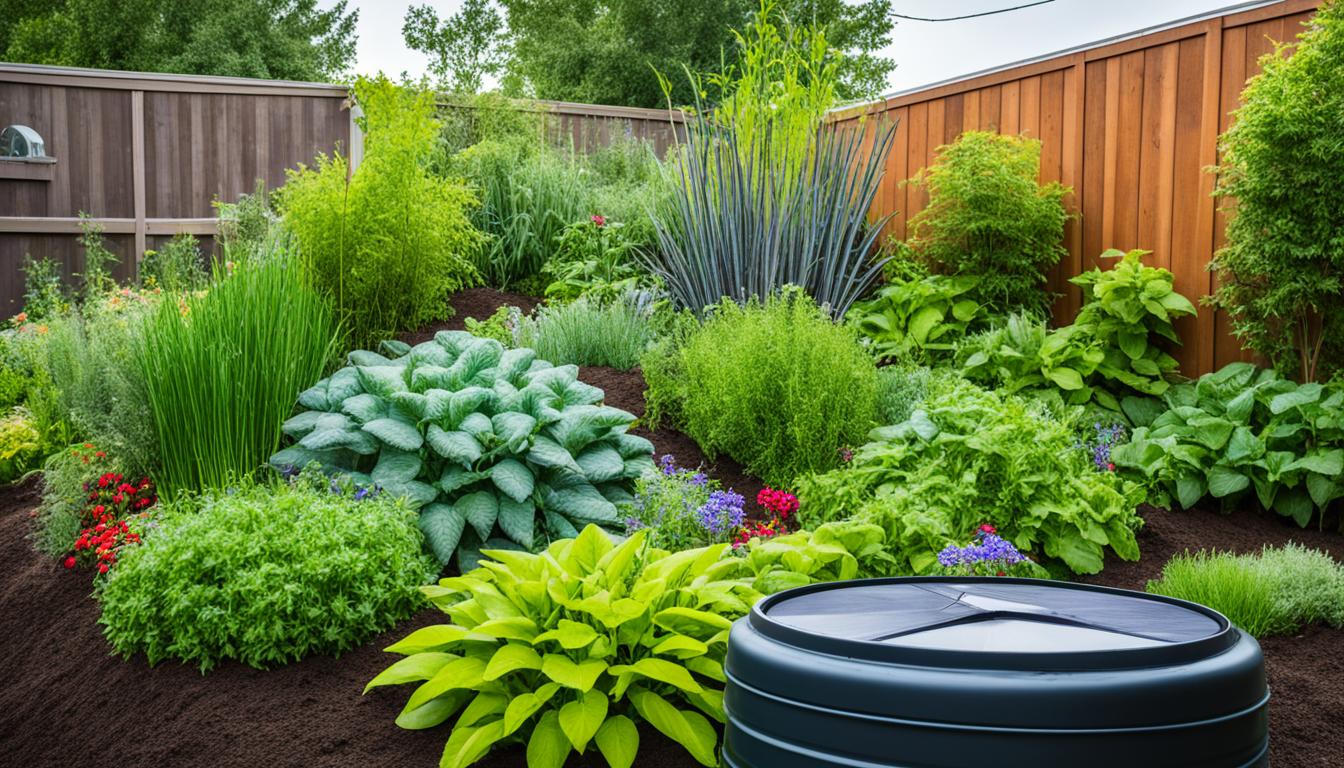
Conclusion
City farming stands as a vital response to the urbanization challenges. With a projected 68% of the inhabitants residing in cities by 2050, it’s important to undertake sustainable residing by way of city agriculture. This method can considerably increase native meals manufacturing and foster neighborhood engagement. Through the use of modern strategies like container and vertical gardening, you may flip your house right into a thriving backyard. This backyard will drastically improve your neighborhood’s meals safety.
City farming’s advantages transcend private positive factors. It builds neighborhood, promotes collaboration amongst metropolis residents, and improves native ecosystems. Nevertheless, it’s essential to be conscious of potential points like soil contamination and extreme fertilizer use. Accountable practices can assist overcome these challenges. With 67,032 vacant parcels in cities like Phoenix prepared for farming, the potential for city agriculture development is huge.
By embracing this motion, you’re not simply enhancing your food plan with recent produce. You’re additionally supporting a neighborhood effort in direction of sustainability. Your efforts in city farming are usually not nearly rising vegetation. They’re about making a more healthy, extra resilient setting for all.
FAQ
What’s city farming?
City farming is the apply of cultivating meals inside metropolis limits. It makes use of restricted areas like rooftops, balconies, and small plots in neighborhood gardens. This methodology promotes native meals manufacturing and boosts city sustainability.
How does container gardening work?
Container gardening entails rising vegetation in pots or containers, excellent for small areas. You should utilize biodegradable pots or repurpose gadgets to develop greens and herbs on balconies or patios.
What are the advantages of neighborhood gardens?
Neighborhood gardens construct cooperation amongst neighbors, strengthen social ties, and support in meals safety. They provide academic alternatives and sources for sustainable agriculture, supporting native meals programs.
How do I begin a rooftop backyard?
Beginning a rooftop backyard requires checking in case your constructing can deal with the burden of soil and vegetation. Use light-weight supplies and contemplate daylight publicity, wind situations, and water entry to optimize your rising situations.
What forms of vegetation are greatest for vertical gardening?
Supreme vegetation for vertical gardening embrace climbing varieties like cucumbers, pole beans, and tomatoes. Many herbs similar to basil and mint additionally excel in vertical setups, benefiting from your house.
What sustainable practices can I incorporate into city farming?
Sustainable practices embrace crop rotation, natural pest administration, composting, and rainwater assortment for irrigation. These strategies enhance soil well being and help ecological stability in city areas.
How can I contribute to meals safety by way of city farming?
City farming will increase entry to recent, nutritious meals domestically, lowering dependence on distant provide chains. This enhances meals sovereignty and builds a stronger neighborhood sense.
What’s permaculture, and the way does it relate to city gardening?
Permaculture is a design philosophy that goals to create self-sustaining gardens by mimicking pure ecosystems. Methods like companion planting and water administration assist city gardeners help biodiversity and enhance soil well being.
Supply Hyperlinks



